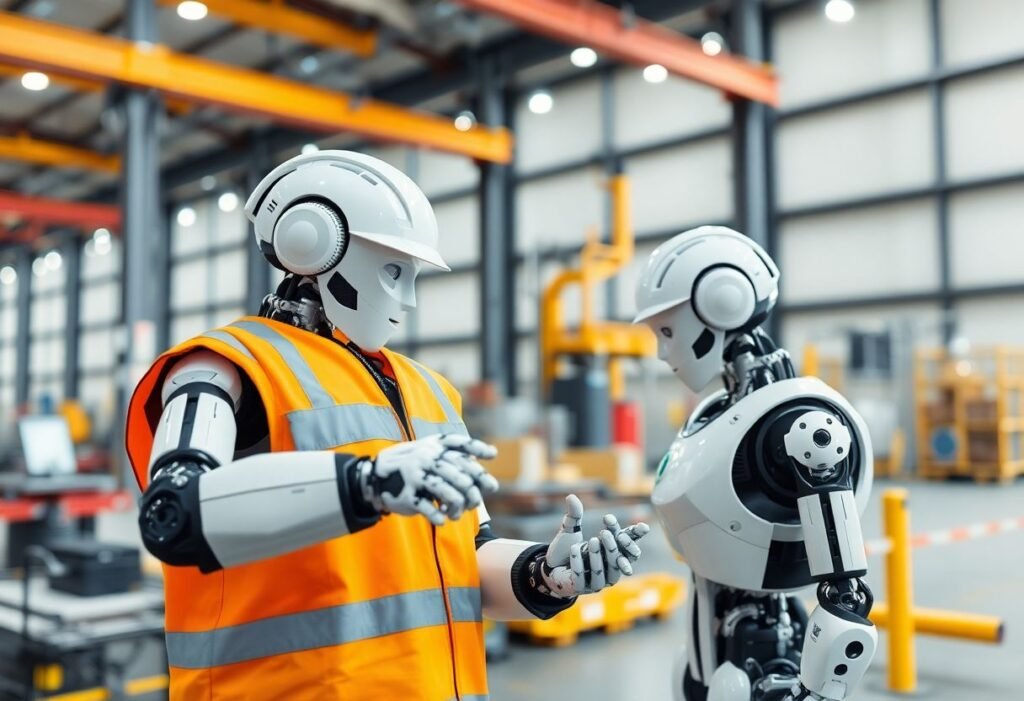In the rapidly evolving field of innovation, robotics plays a pivotal role in enhancing safety in industrial settings. This transformation is crucial as businesses strive to protect their workforce while improving operational efficiency. By integrating advanced robotics solutions, industries are not only streamlining processes but also creating safer work environments.
Introducing Robotics in Safety Protocols
Robotics has revolutionized safety protocols across various industrial sectors. Through the use of automated systems and robotic assistants, businesses can minimize human exposure to hazardous environments. For instance, robots handle tasks such as heavy lifting, toxic substance handling, and repetitive, dangerous operations. This results in reduced workplace accidents and enhances compliance with safety regulations, leading to a more secure operational framework.
Proactive Risk Management
The use of robotics facilitates proactive risk management strategies. By deploying robots equipped with sensors and AI, companies can detect dangerous conditions before they escalate. For example, robots can monitor structural integrity in real-time, alerting human operators to any potential issues. This foresight not only enhances safety but also prevents costly damages and operational downtimes.
Enhanced Training Programs
Training employees to work safely is imperative in any industrial setting. Robotics can enhance training programs by simulating dangerous scenarios without putting human lives at risk. Virtual reality (VR) combined with robotics allows workers to practice emergency protocols in a safe environment. This innovative approach ensures that employees are well-prepared for real-life situations, potentially saving lives and reducing workplace injuries.
Collaborative Robots (Cobots)
Collaborative robots, or cobots, are designed to work alongside human workers, enhancing safety through teamwork. Unlike typical industrial robots that operate in isolation, cobots assist in various tasks while ensuring human oversight. Their design prioritizes safety features such as force limiters and sensors to prevent accidents. By promoting a collaborative environment, these robots help minimize risks and boost productivity.
Data Analytics for Safety Insights
The integration of robotics in safety applications is further complemented by data analytics. Robotics systems generate valuable data that can be analyzed for insights into safety performance trends. Organizations can leverage this information to assess risks and identify areas for improvement. By utilizing predictive analytics, industries can refine their safety measures, ensuring continuous enhancements in workplace safety and operational efficiency.
Future Trends in Robotics and Safety
As technology progresses, the future of robotics in enhancing industrial safety is promising. Innovations in AI and machine learning are set to drive more sophisticated safety solutions. Furthermore, advancements in robotics will support predictive capabilities, allowing industries to preemptively address safety challenges. By embracing these innovations, companies can not only improve safety but also foster a culture of continuous improvement.





















